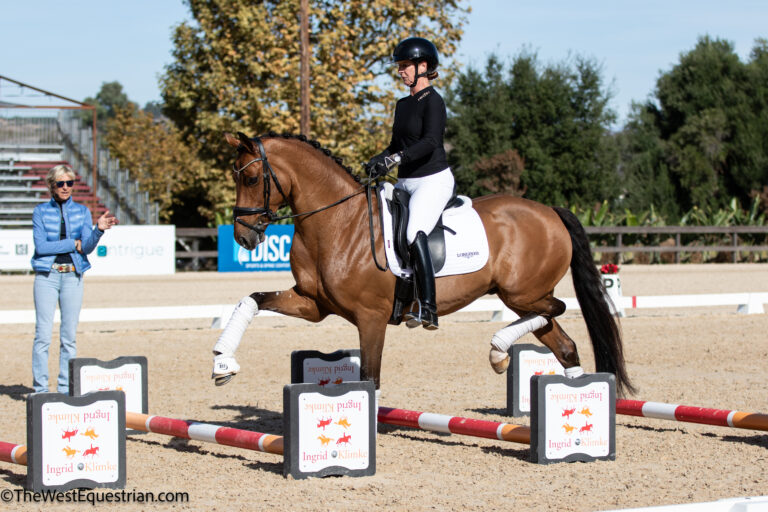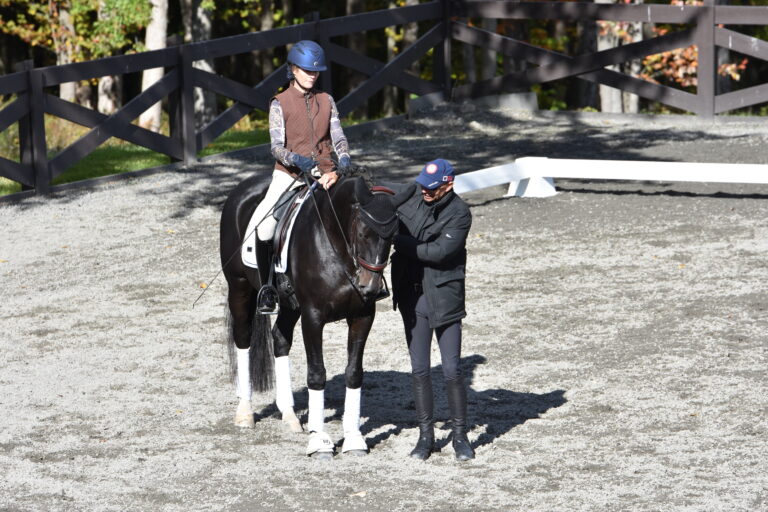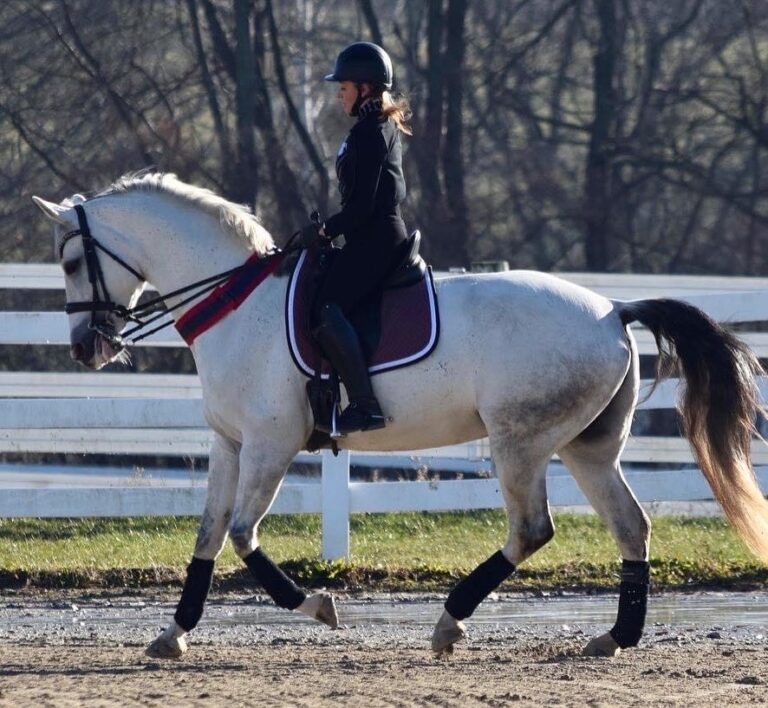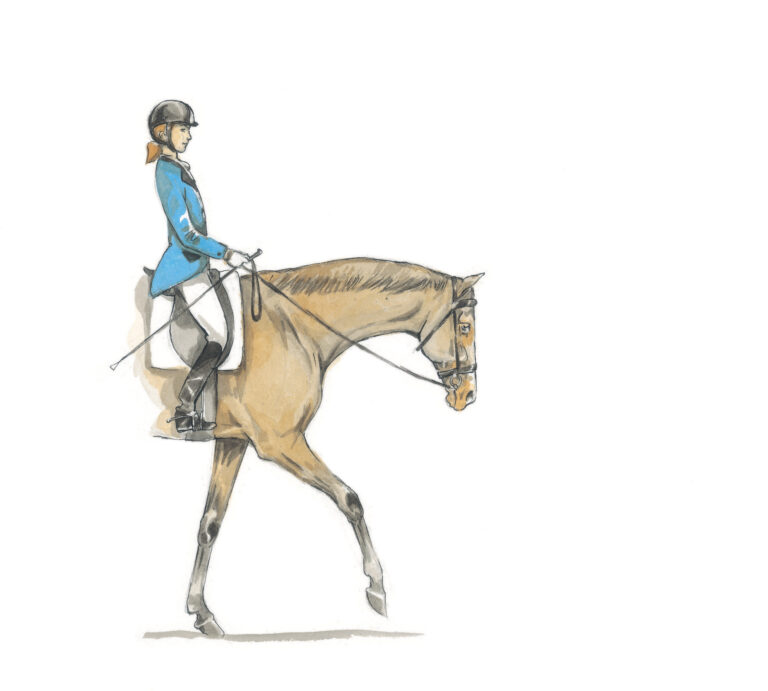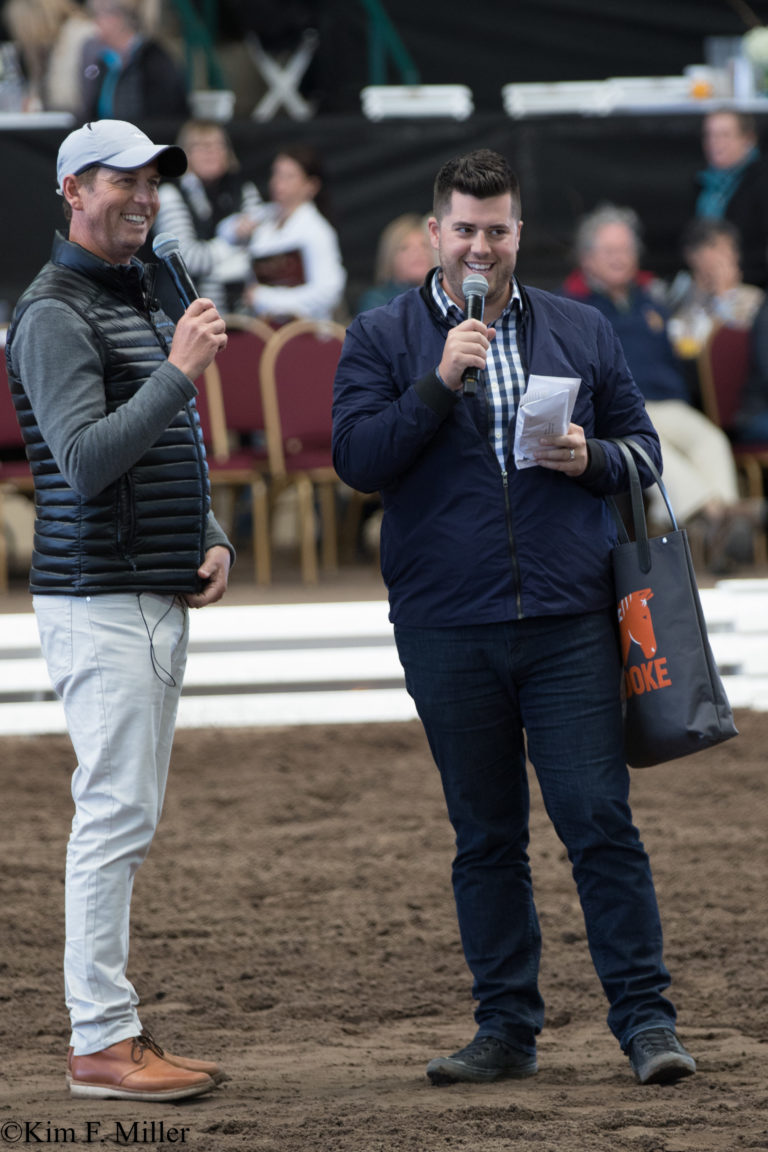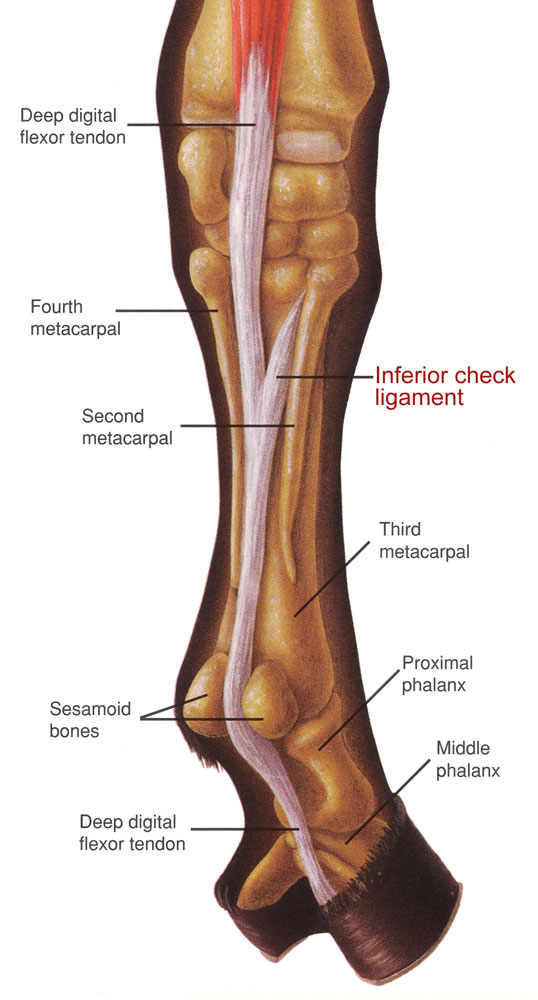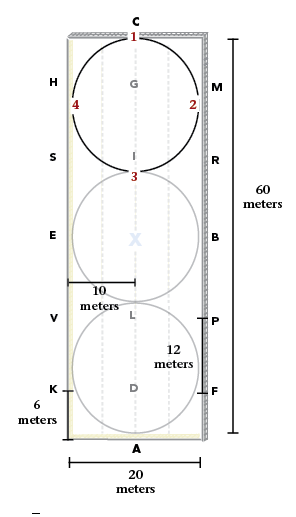Q: Do I need to change the diagonal when riding leg yield to and away from the wall at the posting trot? Could you explain why or why not? —Carolyn Massie of Hartford, Connecticut
A: To answer your question, I feel it is best to first explain the influence of the rising or posting trot on the horse.
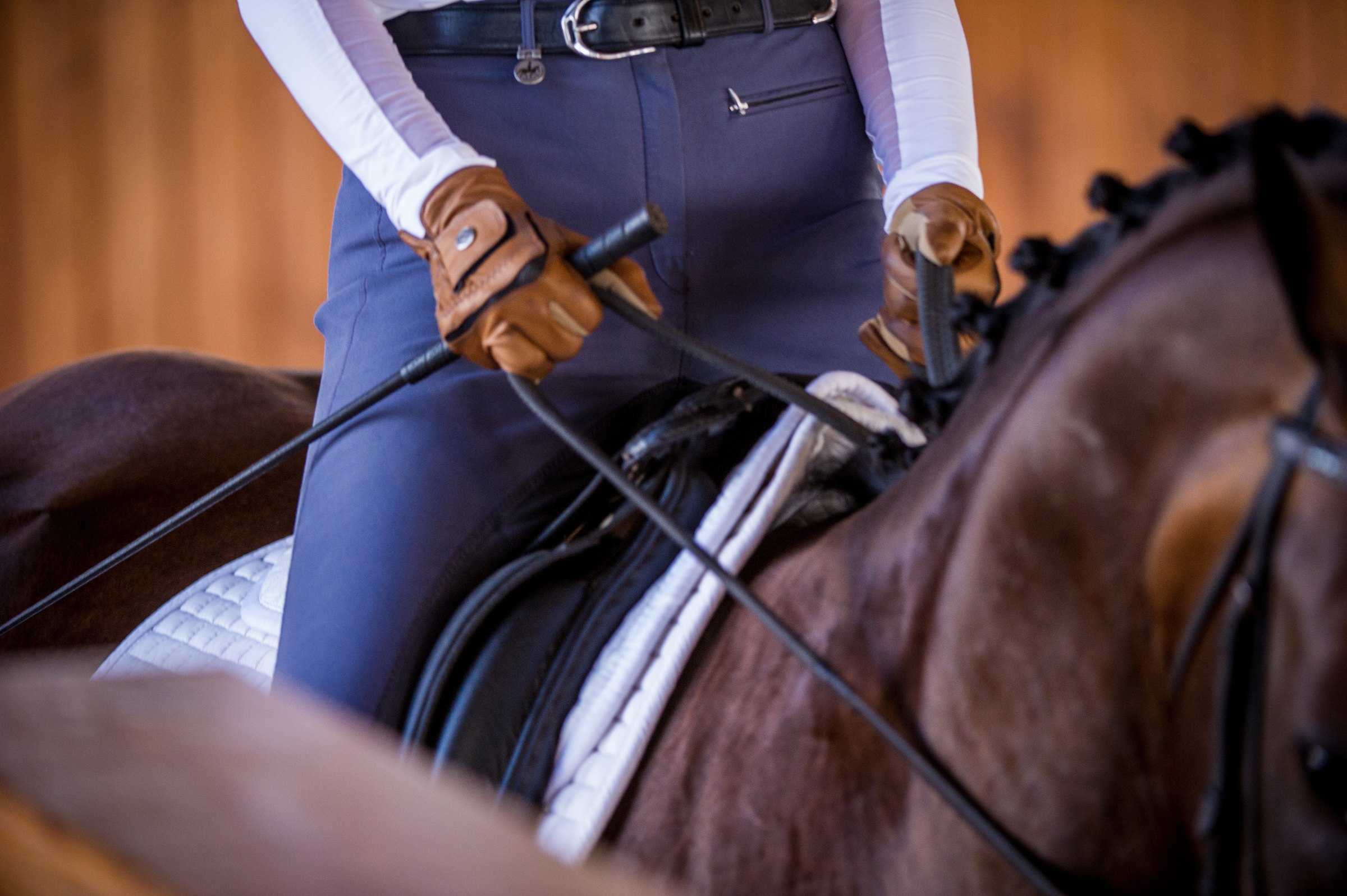
The trot is a two-beat gait with a moment of suspension in between. Each beat is a diagonal pair—right hind and left front, left hind and right front. Traditionally, you are posting on the correct diagonal when you rise as the inside hind and outside front legs are in the air and sit when they are on the ground in the stance phase.
It is easiest for a rider to use her leg to influence the horse when she is sitting and to ask the horse to take a bigger and/or more sideways step with the inside hind leg just as it is about to push off.
The moment of rising can help lift and unload the horse’s back, creating more suspension and giving the horse more freedom to bring the hind leg through. You should be able to feel the horse’s inside hip come more forward as he brings the hind leg further under his body; this is the purpose of bending. Placing the hind leg medially under the horse’s body, toward the front end; taking more weight off the forehand and onto the hind legs; engaging the hindquarters: this is collecting.
When riding the leg yield, the inside of the horse is defined by the body bend you are asking for. Typically we are trying to get a bigger step under the center of gravity toward the midline of the horse’s body when bending around the inside leg—in this case, to help your horse step more forward with the inside leg (bend) or adduct the inside hind.
When a horse wants to drift in one direction, influence the weaker pushing leg with your diagonal. He will fall toward the leg that is pushing less. If the horse drifts right, rise with the right hind/left front. If the horse drifts left, rise with the left hind/right front. I also change my posting when counter bending and then change back when I go back to the true bend.
A great exercise is to go down the centerline (making sure your position is straight and level) and experiment with how your diagonal influences your horse’s straightness, levelness and balance as well as how your horse influences your rising—pushing you higher out of the saddle on one diagonal or the other, for example, or requiring more outside or inside leg on one diagonal than the other.
The bottom line is that you can use your posting diagonal to help balance the power between the horse’s two hind legs. It is a very handy tool.

Lisa Pierson is a USDF Certified Instructor through Fourth Level, a USDF “L” Education Program graduate and a USDF bronze and silver medalist. An FEI-level trainer and competitor, she’s based in New York state (LisaPiersonDressage.com).


